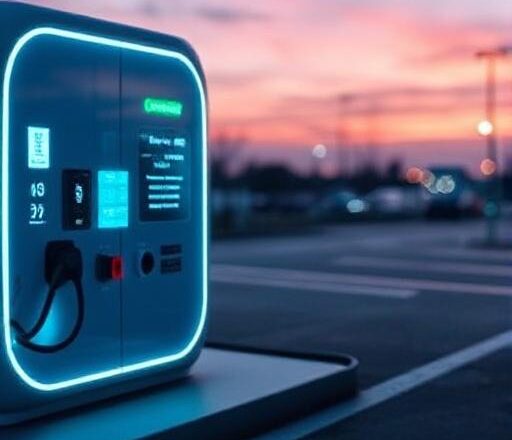Introduction
For decades, hydrogen has been hyped as the fuel of the future. But in 2025, it may finally be stepping out of the shadows. Governments, automakers, and energy giants are investing billions into green hydrogen, positioning it as a cornerstone of the global shift away from fossil fuels.
This article explores why hydrogen is having a breakthrough moment, where it’s already being deployed, and whether it can truly compete with batteries and traditional renewables.
1. Why Hydrogen, Why Now?
Hydrogen is attractive because:
-
It’s the most abundant element in the universe.
-
When used in fuel cells, it produces only water vapor as waste.
-
It can store renewable energy and stabilize power grids.
The challenge has always been cost and efficiency. But thanks to cheaper renewable energy and new electrolyzer technology, green hydrogen is finally becoming competitive.
2. Hydrogen in Transportation
2025 is a turning point for hydrogen-powered mobility:
-
Cars: Toyota, Hyundai, and BMW are launching next-gen hydrogen fuel cell vehicles.
-
Trucks & Buses: Hydrogen is gaining ground in heavy-duty transport where batteries are impractical.
-
Planes & Ships: Airbus and several shipping companies are testing hydrogen-based engines for long-haul travel.
While EVs dominate the passenger car market, hydrogen is carving out a niche where batteries fall short.
3. Industry’s Hydrogen Push
Steel, cement, and chemical manufacturing—industries responsible for 30% of global CO₂ emissions—are turning to hydrogen.
-
Green steel: Sweden and Germany are pioneering hydrogen-based steel production.
-
Ammonia & fertilizers: Hydrogen is enabling cleaner agriculture.
-
Refineries: Energy giants are integrating hydrogen into petrochemical operations.
Hydrogen could be the key to decarbonizing industries that have resisted electrification.
4. The Geopolitics of Hydrogen
Just as oil defined the 20th century, hydrogen may shape the 21st:
-
Middle East: Saudi Arabia and the UAE are investing heavily in hydrogen exports.
-
Europe: The EU has a Hydrogen Backbone project to pipe clean hydrogen across the continent.
-
Asia: Japan and South Korea are betting big on hydrogen imports.
A new global energy map is emerging, with hydrogen-rich countries set to gain influence.
5. The Challenges Ahead
Despite momentum, hydrogen faces hurdles:
-
Cost: Green hydrogen is still 2–3x more expensive than fossil fuels.
-
Infrastructure: Pipelines, storage, and refueling stations are scarce.
-
Efficiency: Converting electricity → hydrogen → electricity loses 40–60% of energy.
Skeptics argue hydrogen should be reserved for hard-to-decarbonize sectors, not cars or homes.
6. Investment and Market Outlook
-
Governments worldwide have pledged over $300 billion for hydrogen development by 2030.
-
Private investors and startups are racing to scale electrolyzers and fuel cells.
-
Analysts predict the global hydrogen market could hit $1 trillion by 2050.
If hydrogen keeps its momentum, 2025 may be remembered as the year the hydrogen economy truly began.
7. Everyday Impact in 2025
Consumers are starting to see:
-
Hydrogen-powered buses in major cities.
-
Pilot hydrogen fueling stations alongside EV chargers.
-
Cleaner products made with hydrogen-based industrial processes.
Hydrogen may not yet be everywhere—but it’s becoming part of daily life.
Conclusion
The hydrogen economy in 2025 stands at a critical inflection point. Once dismissed as hype, hydrogen is now a serious player in the clean energy transition.
The next few years will determine whether hydrogen becomes the backbone of a sustainable world—or remains a niche solution in the broader fight against climate change.
